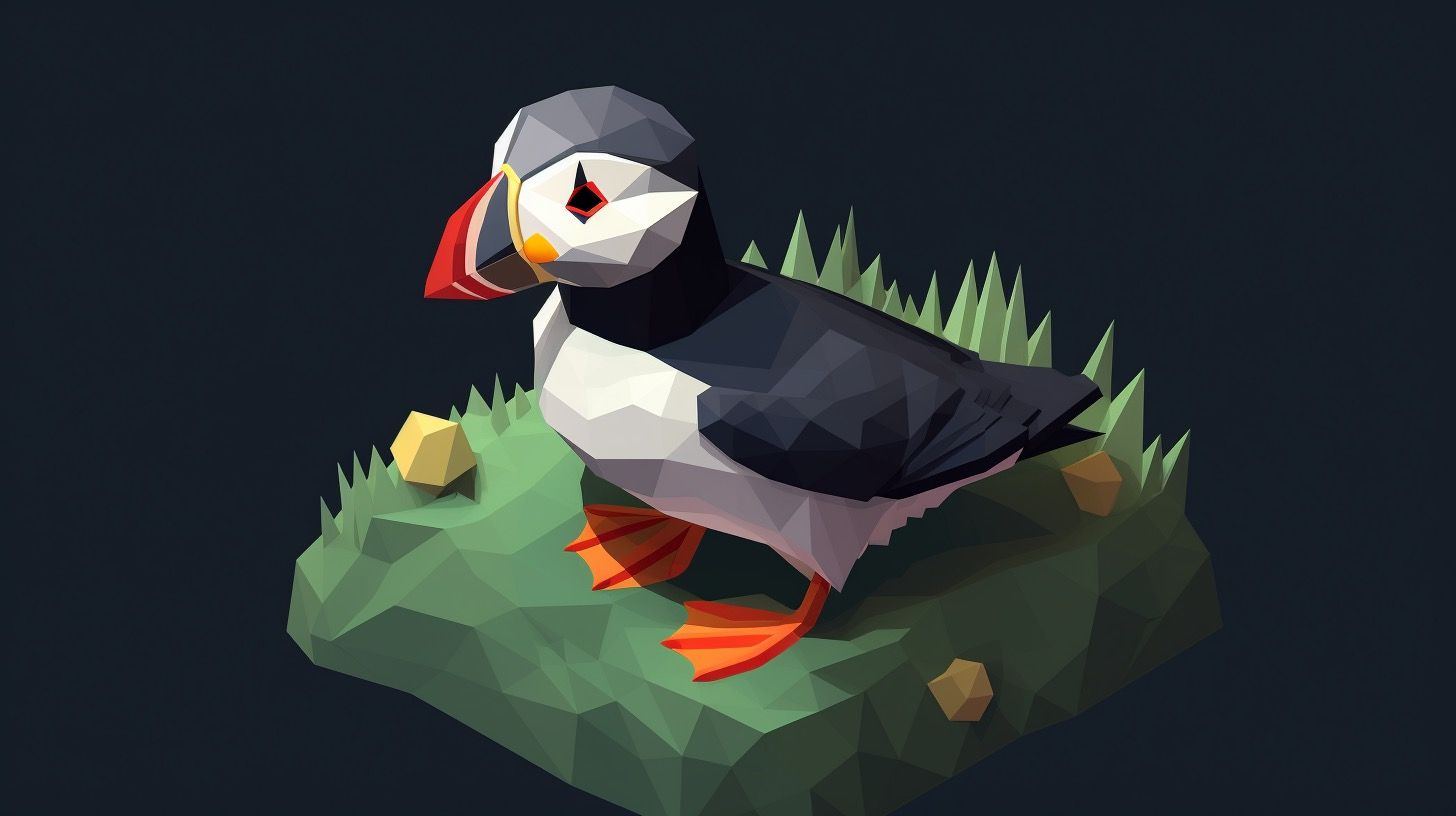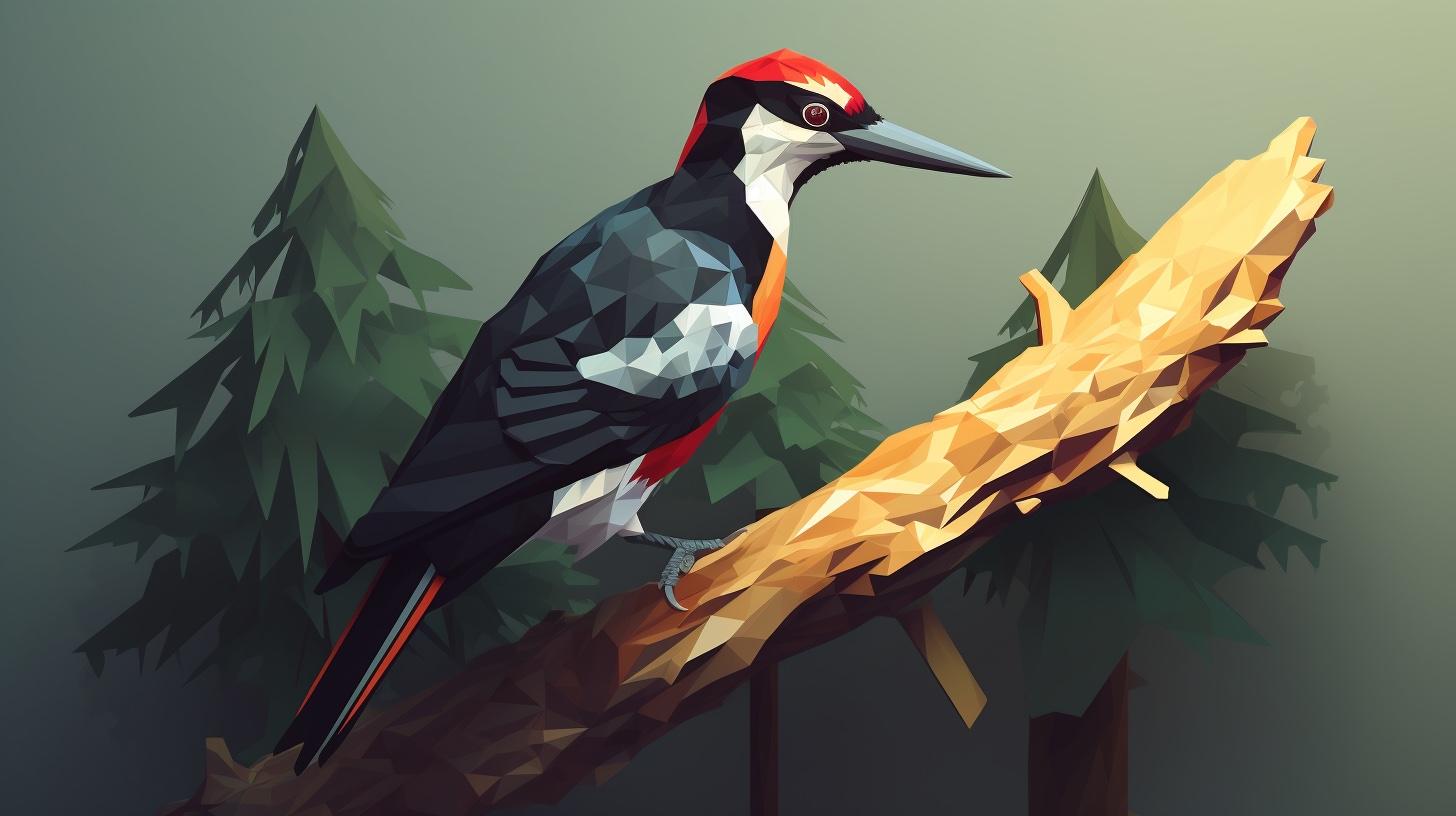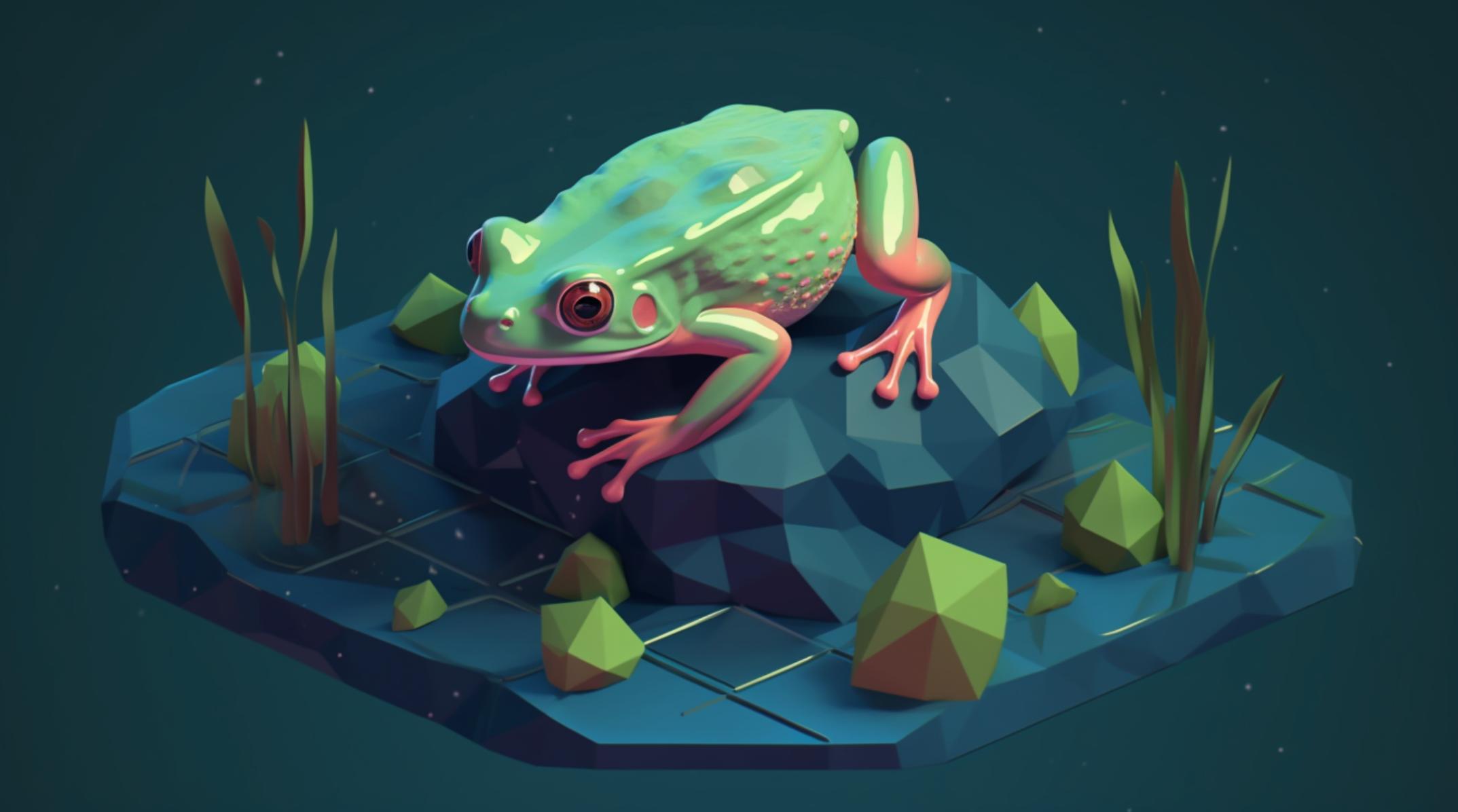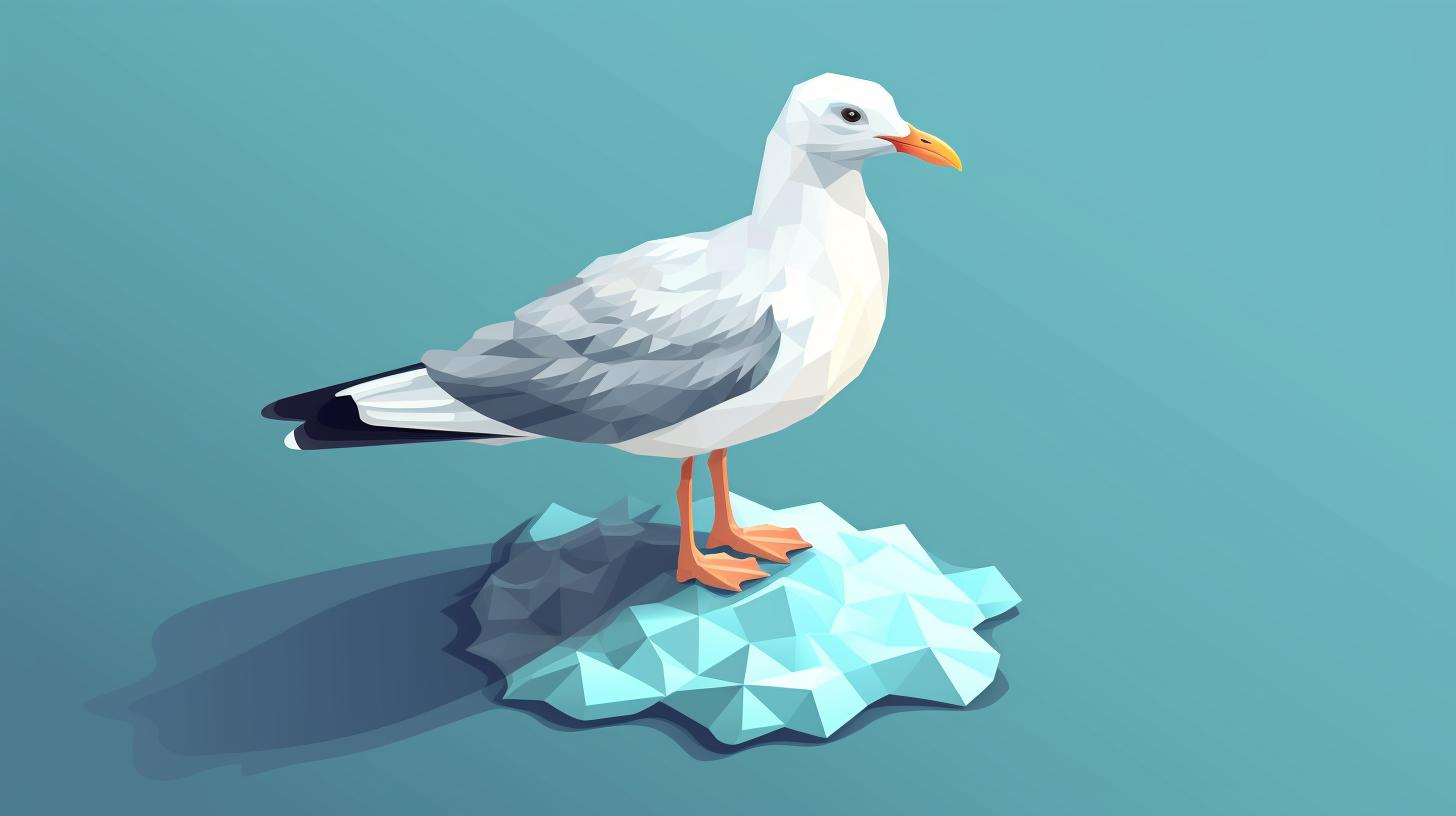I often share with you how we biodiversity builders need to learn from the biggest companies in the world. Not because they are perfect role models but because people still love them even though they mess up a lot.
So today, we get inside Apple, one of the most beloved companies worldwide. Tony Fadell, the creator of the iPhone, wrote the book: “Build. An unorthodox guide to making things worth making.”
Thanks to it, we get 9 valuable insights into how Apple, Google & co. are building their products and the best practices you can implement for your nature venture. From designing your customer journey to establishing heartbeats and offering painkillers, we explain these 9 great product development hacks in detail.
Are you ready to create amazing products and double your impact? Let’s do it!
The 9 core steps of building products for Nature
1. Design a detailed customer journey
Just building a great product is not good enough in today’s busy world. Coming from someone who created one of the most innovative products of our modern time, this statement means something.
To succeed nowadays, you need to become a master of the entire customer journey. So, map out each of the stages:
1. Awareness;
2. Education;
3. Acquisition;
4. Product;
5. Onboarding;
6. Usage;
7. Support;
8. Loyalty.
Plus, start to make improving the experience for your customers a constant process. The topic of designing a customer journey needs more exploration. I wrote an entire article about this. Click on the link to learn more.
2. Come up with real customer personas before building products
Whether you are a nature NGO or business, you have to do a great job serving your customers. To do that, you must design a very detailed customer persona (a fictional profile of your customer).
This allows you to see your nature venture through their eyes. Tony recommends getting as detailed as possible with it.
So, create a persona including:
- their names;
- their genders;
- their place of residence;
- their age;
- their jobs;
- their interests;
- the things they love ;
- their income;
- their education;
- their goals;
- their obstacles;
- the language they speak;
- their skills.
The more detailed you go here, the easier it becomes for you to put yourself into their shoes and not get your biased view on your nature venture.
🦌 Looking for the best tools and resources to make your organization thrive?
Download our free Biodiversity Hero OS and discover the best support materials available!
3. Spend time on the details
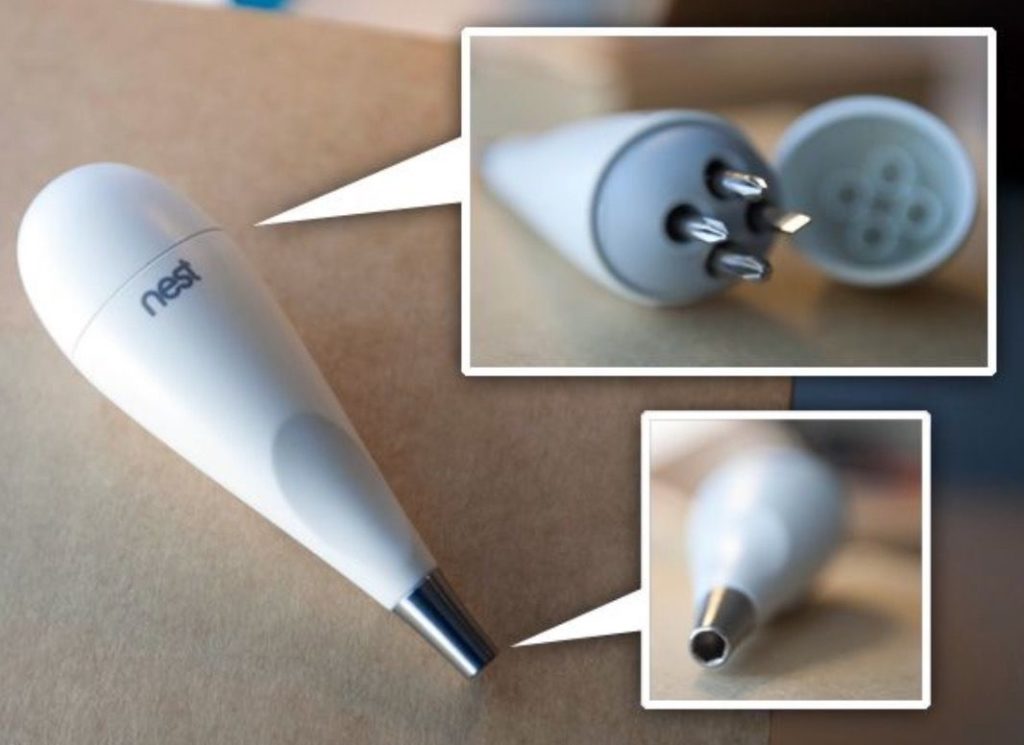
In his book, Tony shares with us the importance of details. After some time running his own company, called Nest, they heard from customers that the installation was the biggest issue with their product.
So, to ease the process, they added a mini screwdriver to the box. But instead of just adding a normal one, they spent some time designing it. Making them as pretty and practical as they could.
The end result? After installation, customers would keep the screwdriver at hand to use them in their daily lives. Not only were they constantly exposed to the brand, but the screwdriver also got the attention of the customer’s friends, opening the discussion to talk about Nest. Making it a powerful marketing tool as well.
So, what can be your screwdriver?
4. Gain speed by focusing
The first version of the iPod was built in 10 weeks. 10 weeks!
Building one of the most innovative products in the past 20 years took only 10 weeks.
I think you and I are running out of excuses for our products or projects taking so long.
If you believe that an update, a new product, a new service, etc., can be a game changer for your nature venture, dedicate time to it and focus on the task at hand.
10 weeks can be all the time you need to create something great.
You got this!
5. Offer painkillers, not vitamins
No, this is not a promo for medical drugs.
Instead, Tony is referring to the idea that vitamin pills are good for you but not essential. If you skip them or never try, you actually never feel the difference.
This is very different from painkillers. If you had an accident before or a chronic disease, you probably got to feel the power of painkillers. You would definitely know if you forgot to take them.
His point is that you should honestly reflect on whether your environmental NGO or biodiversity business is solving a significant pain in your customers’ lives or if it is just a “nice-to-have” option.
Try to dig deeper into their pains and see how you can help them eliminate them by building products that focus on your personas’s problems.
👉 Would you like to get personalized business tips for your nature organization?
Book a free intro call with me to discuss your business challenges!
6. Focus on serving only one master
When you are having your nature venture, there is usually a path in front of you, and you must decide at one moment. Do you build products for consumers or for other businesses?
Tony’s point is that you have to choose. You can’t serve them both equally good. You can try, but there is a high chance that your nature venture remains mediocre.
The reason for this is that your marketing strategy, customer journey, and product features all have to cater to the group you want to attract. Serving 2 masters makes this very confusing, and you end up attracting no one.
There are obviously exceptions where you can cater to both. But your focus is to remain on serving one profile. Apple, for example, is heavily used in businesses, but they are serving the consumer master. They just made their products so joyful that people wanted to use their products in their business, too.
So stick to one master.
7. Prepare yourself to face breaking points during your product development phase
Now, you are in an extraordinary position that your nature venture is growing, and you can increase your impact. Congratulations!
However, what you will experience sooner or later are breaking points.
Points in which you realize that you might be hiring more people, but you won’t get faster, maybe even slower. Or points in which you feel you are losing your culture.
He believes that rather than demonizing these roadblocks, we should see them as an opportunity to create something even better.
His most important tip here is to take those breaking points seriously because they can become real problems. So, dedicate time to them when you feel something is off.
Even better, foresee them. So, for example, if you have a big grant coming in or a venture capital round and you know that you will hire plenty of people, prepare yourself so that things get bumpy and anticipate countermeasures beforehand.
8. Apple, Google & co. have problems like any other company
We often put those innovative companies on a throne of innovation and attention. Yet, while reading Tony’s book, one of my main takeaways was that they face exactly the same issues as any other company.
Politics, unmotivated people, unclear priorities, and projects that make no sense… Just to name a few.
So yes, continue to expose yourself and learn from other top companies. But don’t beat yourself up when your nature venture currently doesn’t run as smoothly as you want.
In German we say “Die anderen kochen auch nur mit Wasser” – “The others also just boil with water”. Ultimately, every company comes down to the same main ingredient… people.
9. Establish heartbeats
The last tip was the first action I immediately implemented in my business, Wildya. It is the concept of heartbeats.
Tony worked in massive teams that needed to be orchestrated so they all came together at the right moments to align and then continue to work simultaneously.
He called these points heartbeats because they make it visible if your project is still alive and going in the right direction.
There are 3 kinds of heartbeats:
- External heartbeats – moments that are dictated by the outside
world, like holidays, conferences, etc. - Team heartbeats – each team creates their own heartbeats that serve them, like meetings, design sprints, ideation, etc.
- Project heartbeats – where all the teams come together to synchronize the work so that the big picture is coming together.
Simply put, heartbeats ensure that your nature venture stays alive.
🐋 Do you want more kicking hacks like this to improve your organization’s strategy?
Subscribe to the Double Your Impact newsletter for weekly tips on how to make your Nature venture thrive!
Your turn: Let’s implement these 9 product development tips to your Nature venture
Here are 5 actions to take to build great products:
1. Take 30 minutes next week to reflect on this article
Why? All theory is useless if you don’t put it into practice. Implementation is the hardest bit. So, dedicating time to it ensures you will act. What made the most sense to you? What is currently holding you back the most?
2. Pick 1 of those tips that you want to tackle right now
Why? Of course, you should improve everything. But picking the most important one will help you keep expectations realistic and move faster.
3. Block some time slots in the following weeks to work on it
Why? Your week will be hectic again. Don’t get an excuse to push this activity into another week. If you tend to procrastinate and struggle to accomplish your tasks, learn how to get more done thanks to 9 valuable tips!
4. Create a SMART goal of what you want to accomplish and create small actions to get you there
Why? Designing a SMART goal ensures that your efforts actually lead to the desired impact.
5. Execute!
Now that you know the theory and the best hacks for product development, it’s time to act!
Cheat sheet to start building great products
In a nutshell: Even iconic products like the iPhone don’t appear out of magic. There are straightforward ways that help you to build the next iPhone, like a moonshot product for nature.
Website: Build Website (more info, investment possibility, collaboration opportunity).
Books: Build – An unorthodox guide to making things worth making by Tony Fadell.
Ted talk: The first secret of great design by Tony Fadell.
Before you go.

If you think this newsletter is helpful, please share it with 1 ecopreneur in your network.
This will help me massively keep these tips free.
Apple, Google & co. are inspiring companies, but they are not working with magic. They’ve just figured out some aspects you haven’t yet. With those 9 tips, you can get a closer look at what makes them great.
As always, these tips actually make a lot of sense when you read them. Everything seems obvious, right?
Now, it comes to the most crucial part: you need to implement them when building your products. Otherwise, this newsletter was useless.
Even if it is just one hack. Pick it up and start executing it because we must build greater products and services that get people stoked on nature.
See you next week. Have a wild one!
Best,
Oliver
🦧 Whenever you are ready, there are 2 ways Wild Business Mates can help you grow and double your impact:
1. 1-to-1 business consulting. Detailed and personalized consulting to double the impact of your biodiversity organization in the shortest possible time. Not sure how good your pitch deck is?
Sign up for the waiting list by writing us at oliver@wildbusinessmates.com (unfortunately, we are booked out at the moment).
2. Wild Business Mates in Action. Wild Business Mates help you execute in areas you are struggling with. Tech, Marketing, Sales, Communication, etc. We can realize all the steps I mentioned above.

